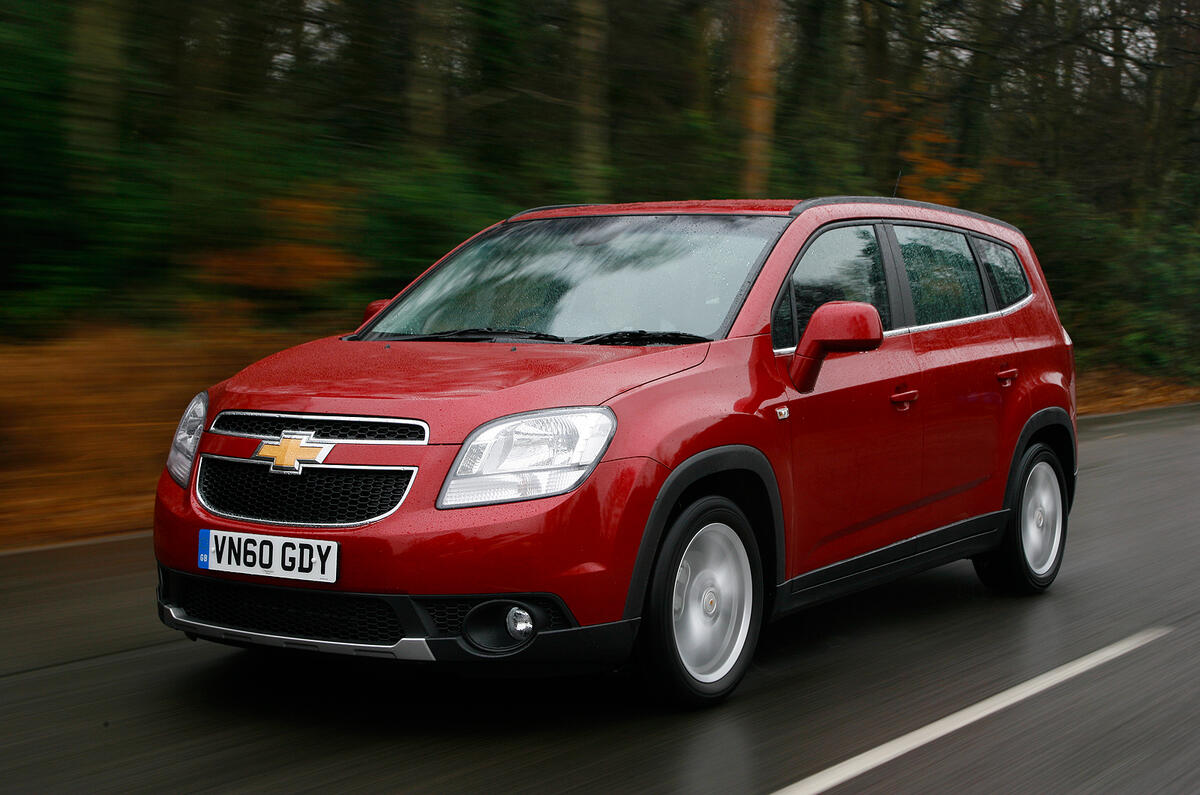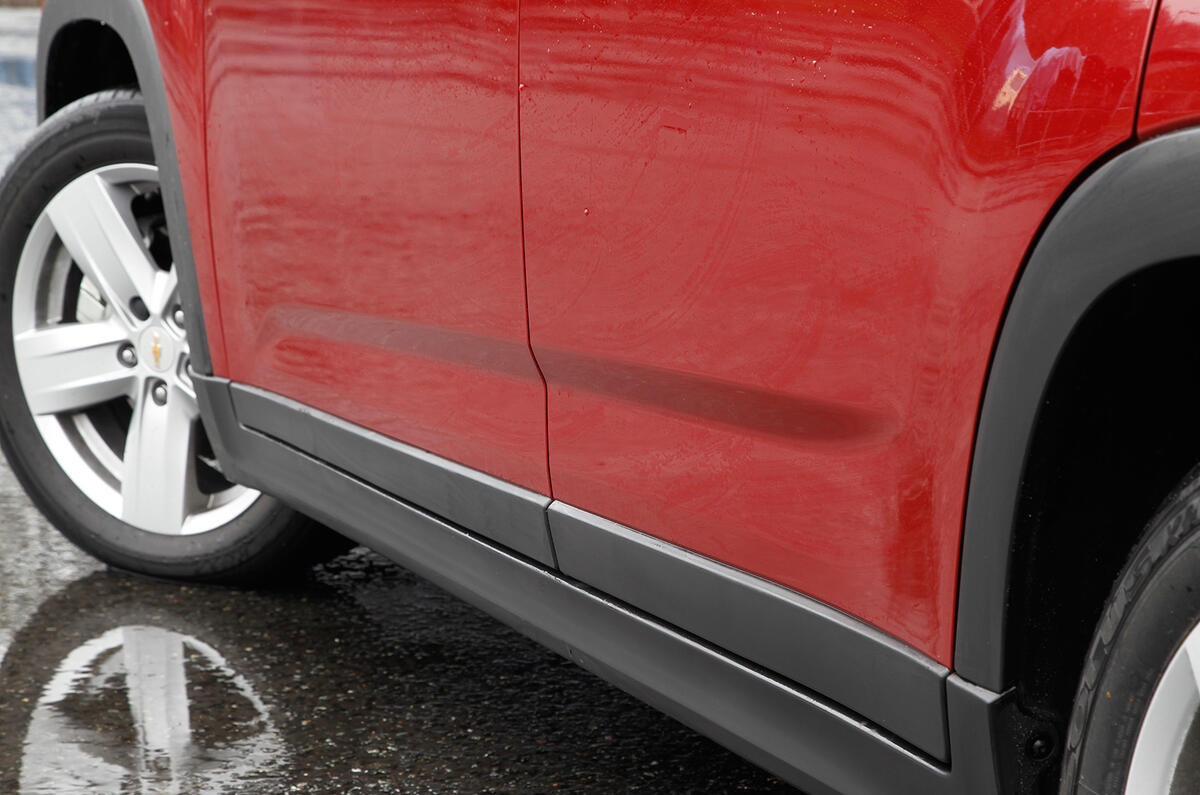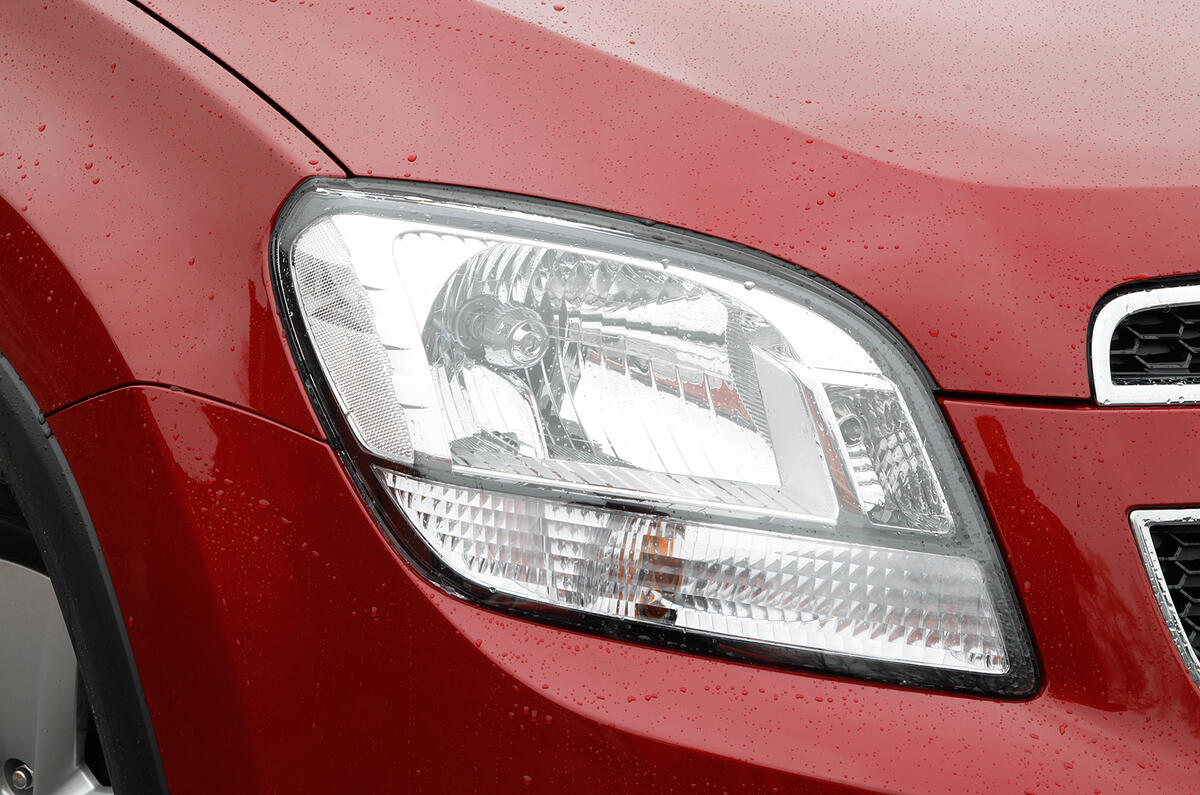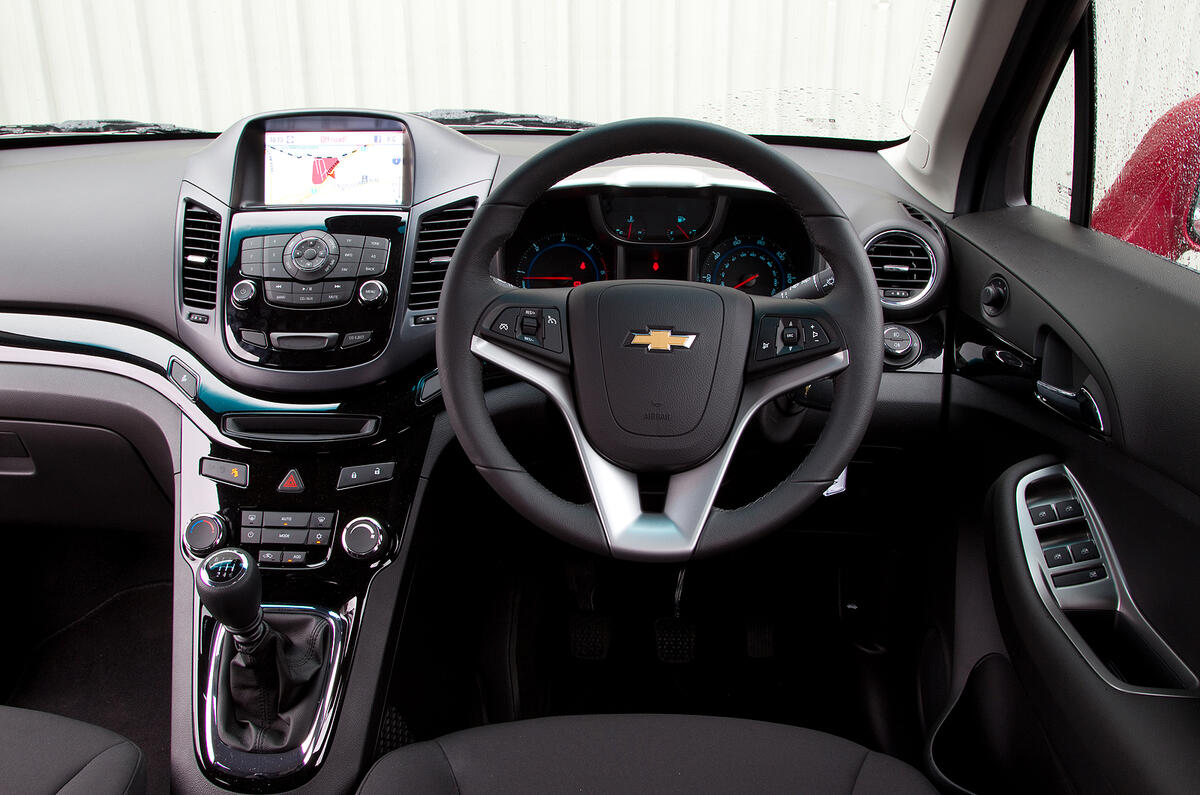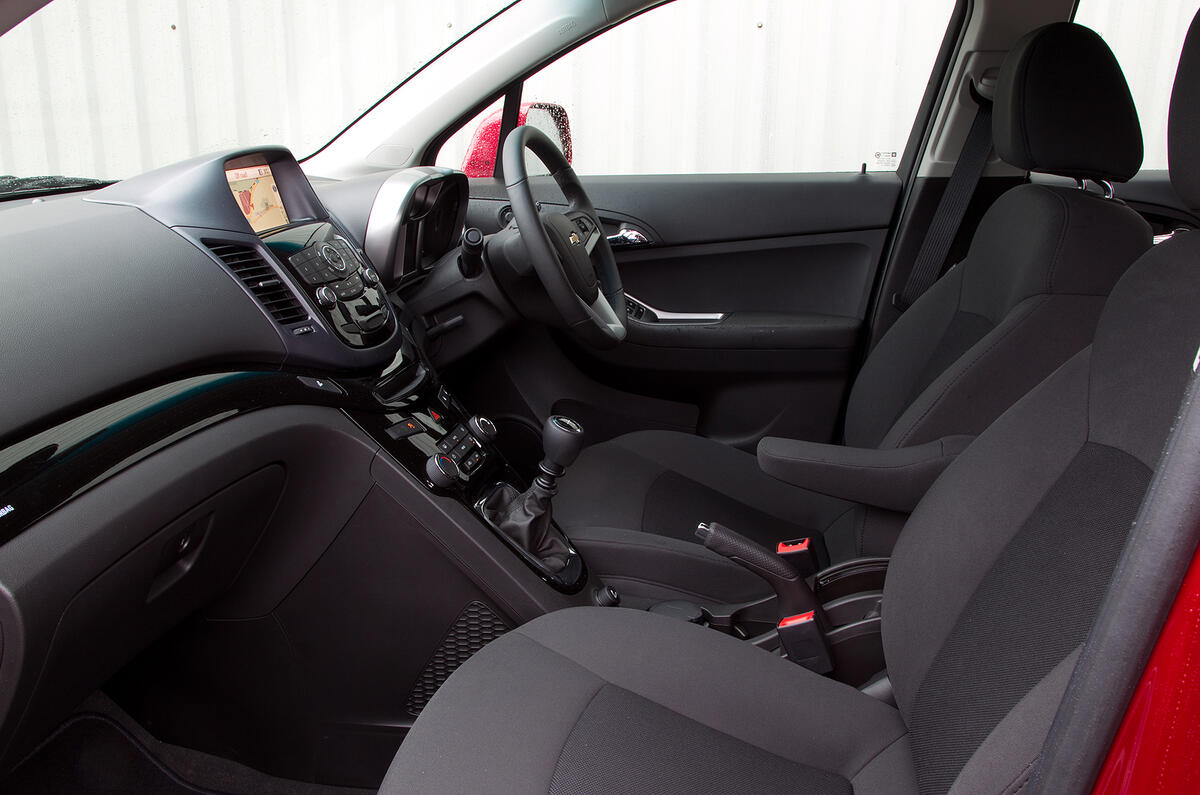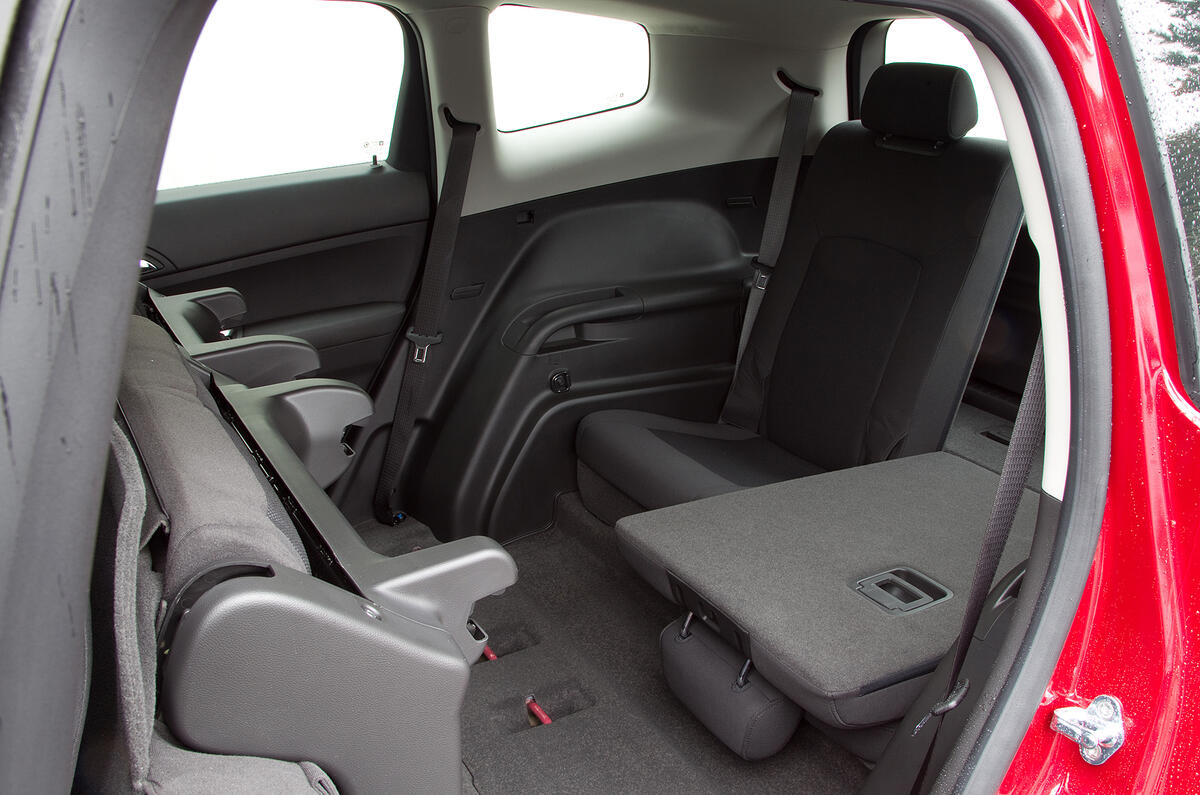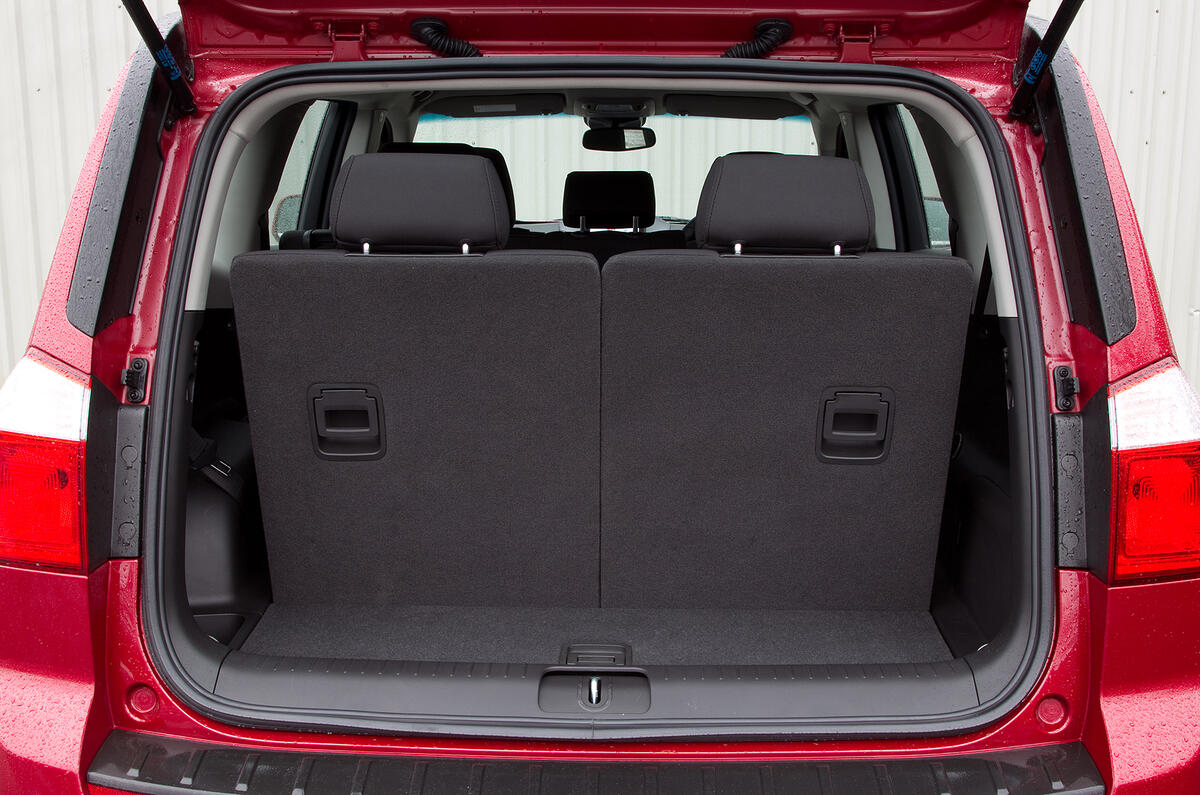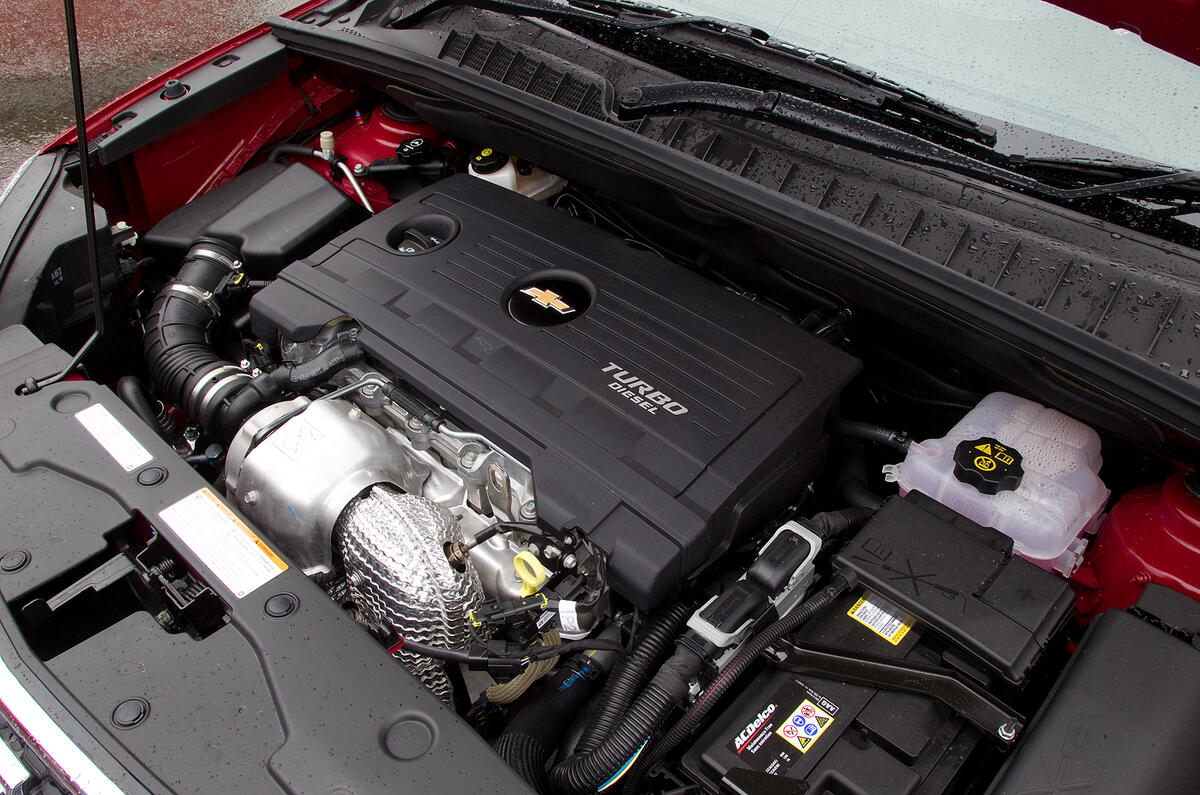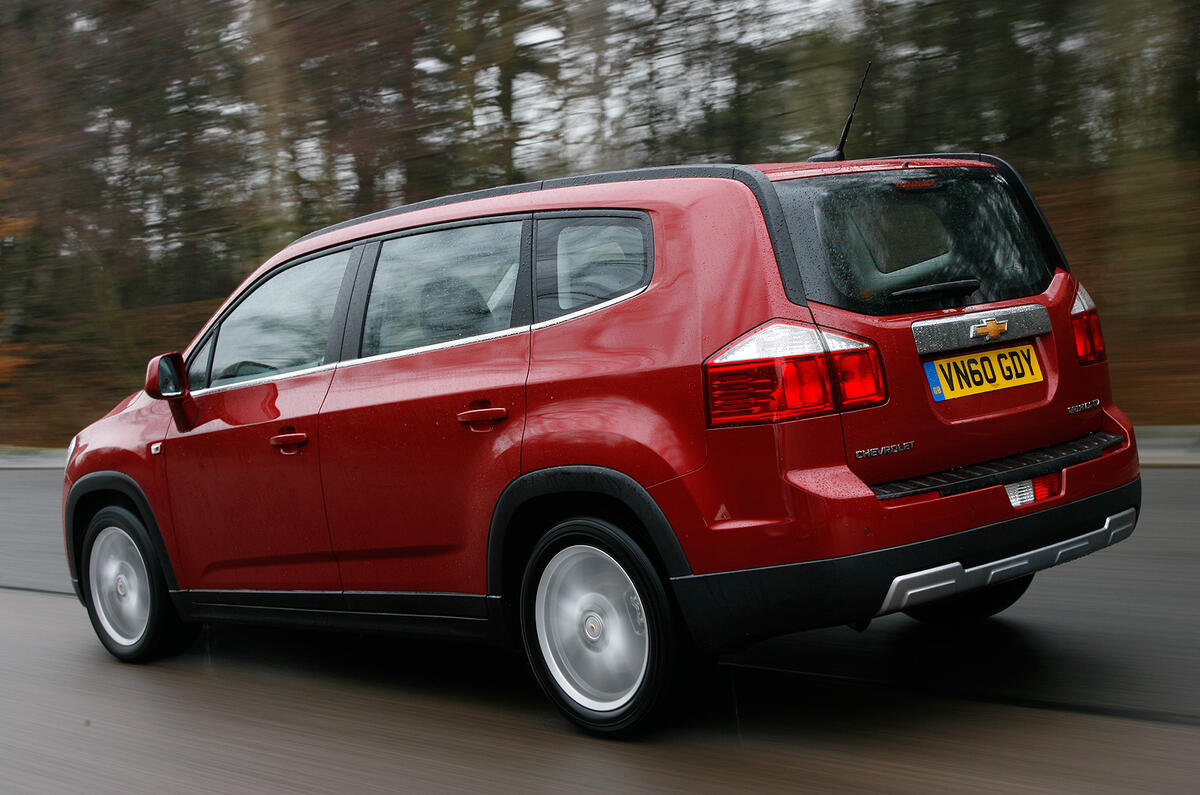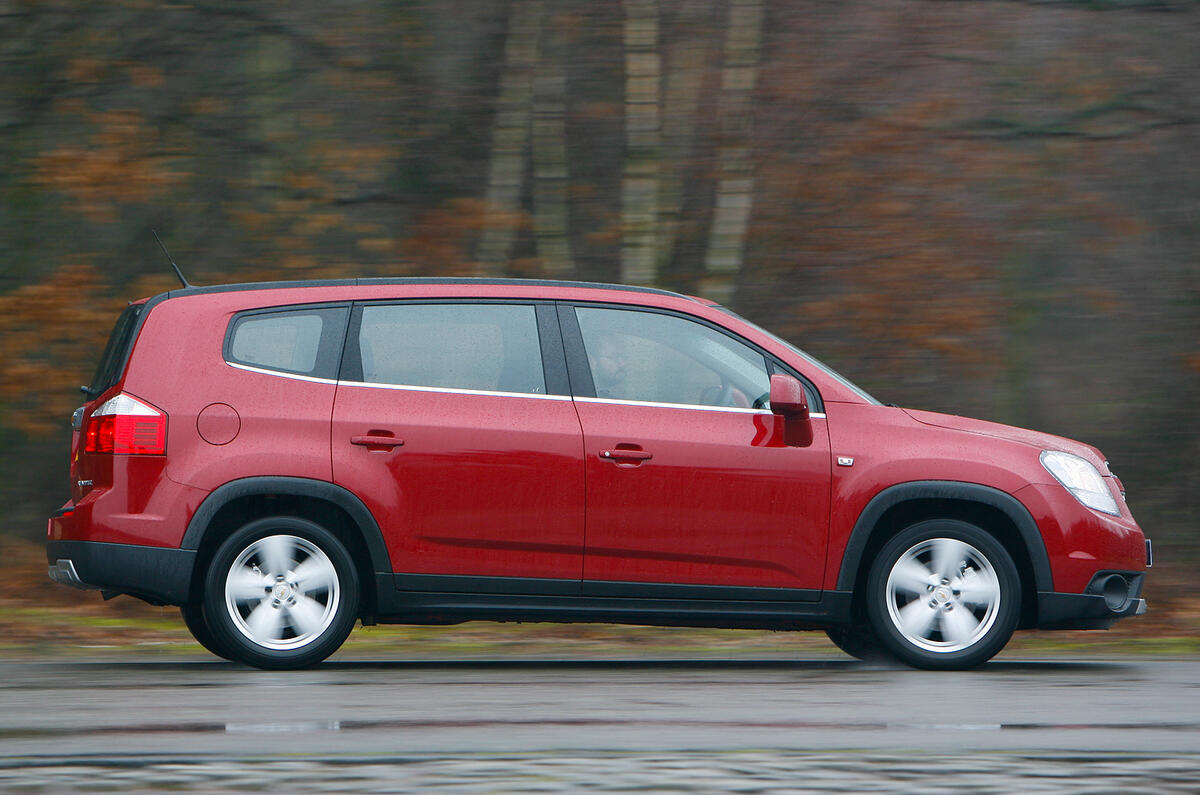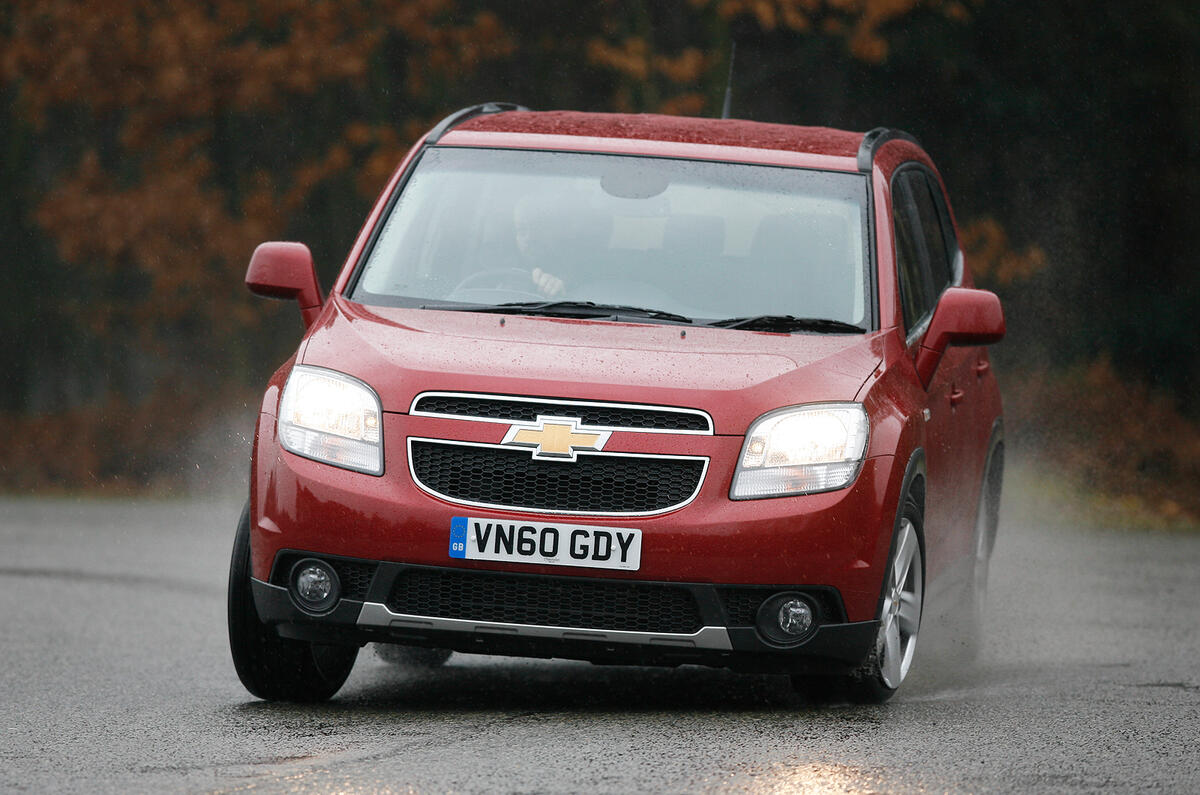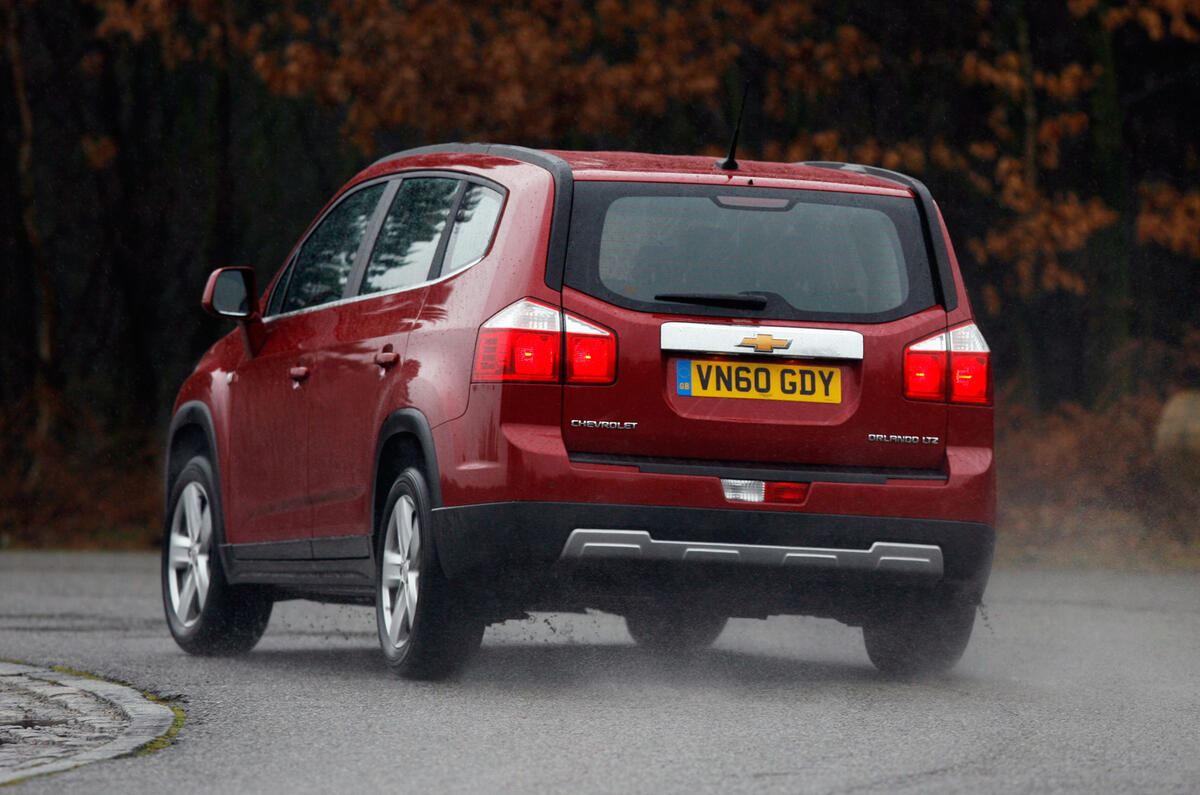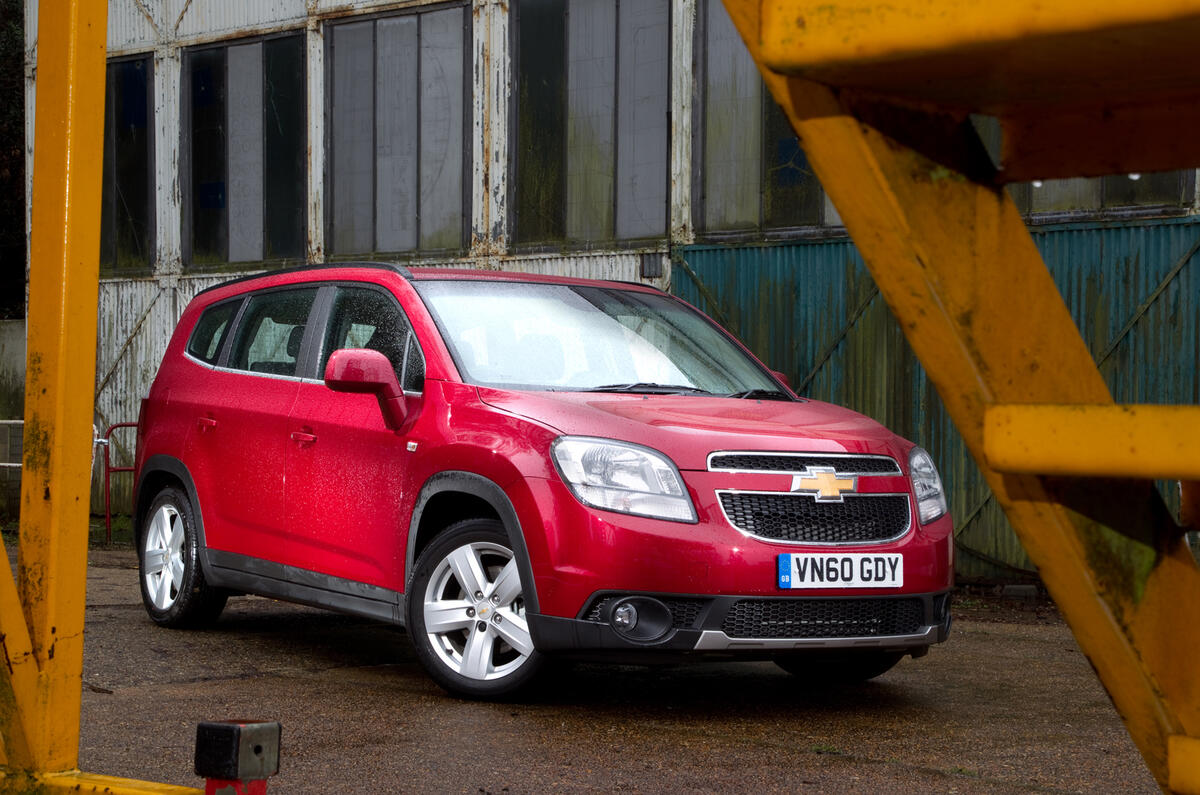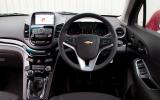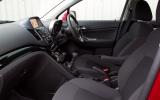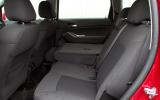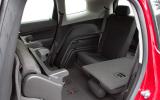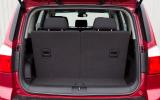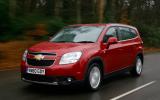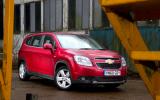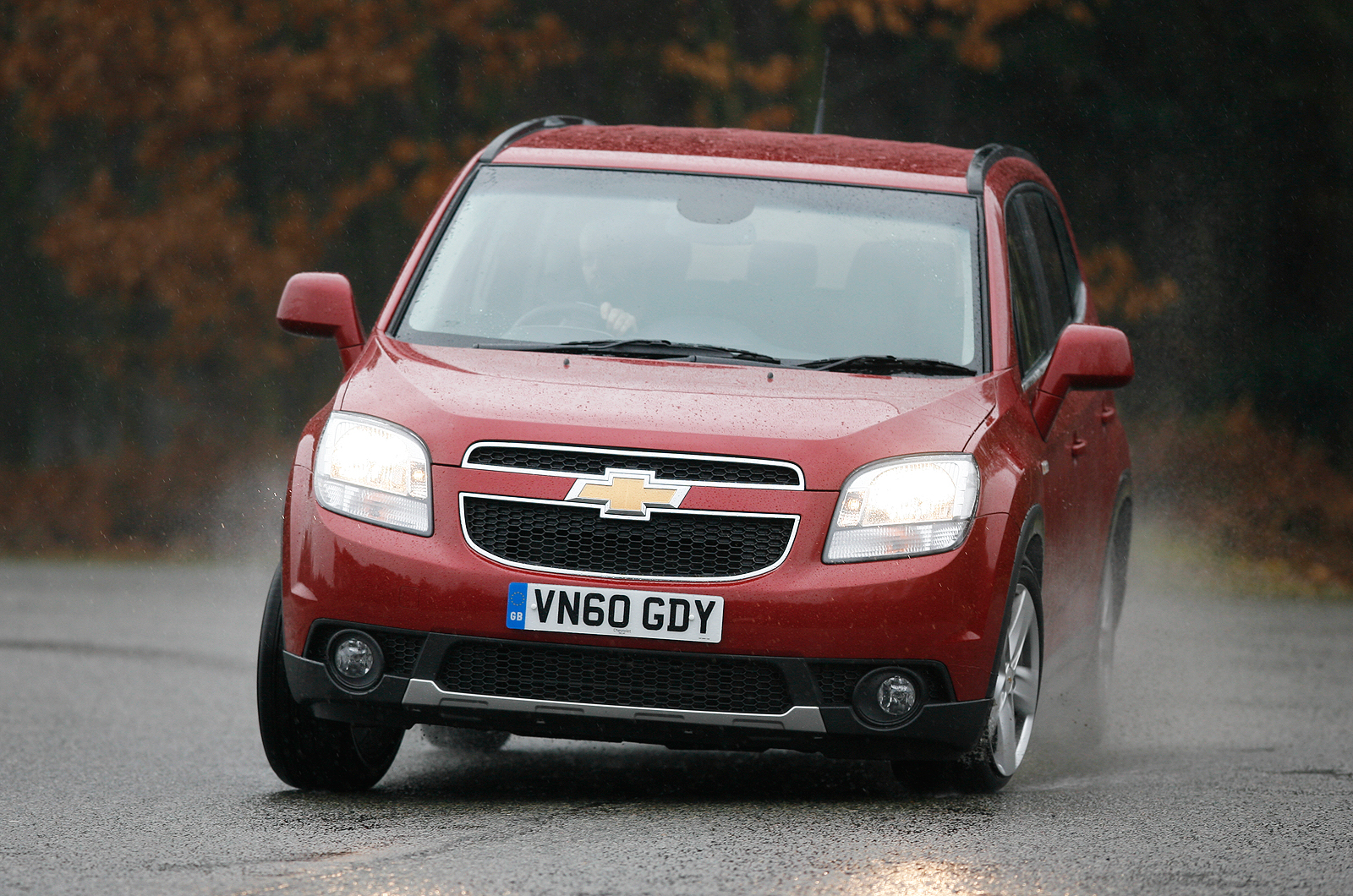We could get convoluted here and trace the Chevrolet Orlando through Chevrolet’s US history back to 1910, but the truth is that Chevrolet as we know it now in the UK has, in effect, been formed from Daewoo. That company arrived in the UK in 1995 — famous for not selling cars through traditional dealerships, you might remember. It soldiered on until 2001, when GM took it over.
Daewoo’s previous mid-size MPV was the Tacuma, later rebadged in the UK as a Chevrolet. Given that it’s the fourth biggest-selling car brand in the world, Chevrolet endures an image that is remarkably low-key and, dare we say it, confused in the UK. Tell someone in Britain that you’re testing a new Chevrolet and they’ll wonder whether it’s a 5.7-litre V8 or an old Daewoo hangover. Old typecasts die hard, but Chevrolet is working hard to ensure that, eventually, the impression will be of neither.
In Europe, General Motors would like Chevrolet to become what Skoda has become: a purveyor of good-value cars that give the impression that they share engineering integrity with supposedly superior marques. With the Orlando there’s reason for optimism. A seven-seat mid-size MPV is the sort of car that should seem right up Skoda’s street but it is, curiously, one that its range lacks. If the Orlando is competitive, it could do Chevrolet some serious favours.
The Orlando comes in three trim levels - LS, LT and LTZ - and power options are a 1.8-litre naturally aspirated petrol unit and a 2.0-litre diesel, originally developed by VM Motori as a variant of the 2.2-litre diesel unit that Hyundai uses. Hyundai dropped the idea of it, and GM took it over; it’s offered in the Orlando in 128bhp or 161bhp forms. There is the option of an automatic gearbox on the 161bhp diesel.


